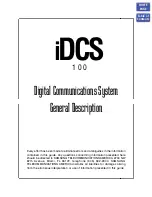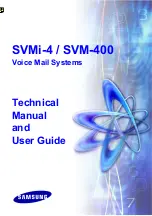
CRADLEPOINT
COR | USER MANUAL Firmware ver. 5.0.0
© 2013
CRADLEPOINT, INC. PLEASE VISIT
HTTP://KNOWLEDGEBASE.CRADLEPOINT.COM/
FOR MORE HELP AND RESOURCES
PAGE 115
Wireless Mode:
Select the WiFi clients the router will be compatible with. Greater compatibility is a tradeoff with better
performance. For greatest compatibility with all WiFi devices, select "802.11 b/g/n". For best performance, connect with
only other 802.11n-compatible devices and select "802.11 n."
•
802.11 b
•
802.11 b/g
•
802.11 b/g/n
•
802.11 n
Channel Width:
Selects whether the router uses a single 20 MHz channel to send/receive, or uses two adjacent 20 MHz
channels to create a 40 MHz channel. Higher performance is possible with the 40 MHz channel. Selecting Auto is
generally best. Enabling WiFi as WAN will force 20 MHz only mode.
Extended Channel:
When operating in 40 MHz mode the access point will use an extended channel either below or
above the current channel. Optimal selection will depend on the channels of other networks in the area.
MCS:
802.11n uses multiple Modulation Coding Schemes to enable higher throughput in various environments. Since
clients can dynamically change rates depending on environment, selecting
Auto
is generally best.
Short GI:
Short GI is an optimization for shortening the interval between transmissions. May be incompatible with older
clients.
Greenfield Mode:
Greenfield mode uses an 802.11n-only preamble to transmit packets that older wireless clients cannot
interpret. Use of greenfield mode in a mixed 802.11 environment may result in degraded performance but can improve
performance if all devices in the area are 802.11n compatible.
RADIUS Timeout:
(Default: 3600 seconds) When using an Enterprise security mode clients will be forced to re-
authenticate with the RADIUS server at this interval in seconds. This allows administrators to revoke access so when an
attached client’s authentication expires, the client must re-authenticate.
RADIUS Retry:
(Default: 60 seconds) When using an Enterprise security mode, if a RADIUS query fails to receive a
response from the server it will delay by this interval (in seconds) before attempting another query. This helps protect the
network from floods of authentication requests if the RADIUS server is temporarily unreachable.
Summary of Contents for COR IBR600
Page 1: ......
















































